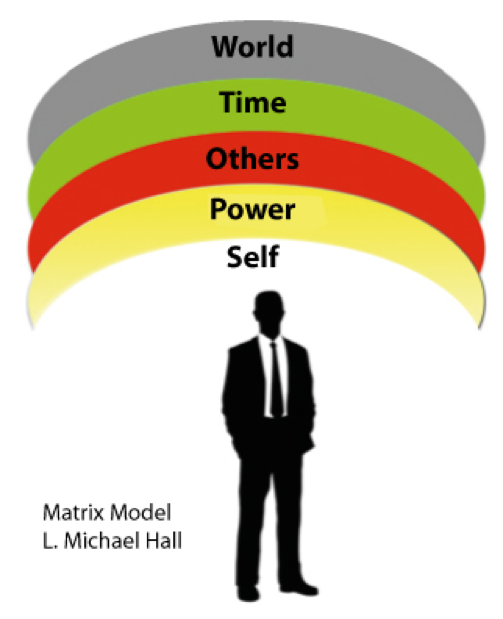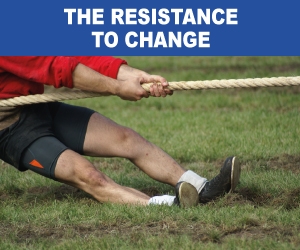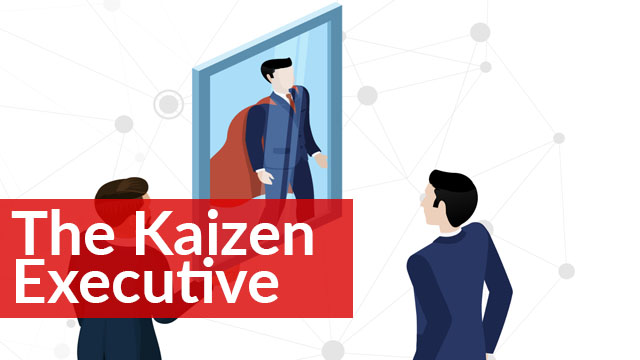In the company, it is possible to see the force of resistance to change at work just as soon as new ideas which in fact question the entire hierarchy, are introduced.
The resistance to change is much stronger the closer you get to the vertex of the company pyramid.
This because the managers from a point of view of the construction of their IDENTITY have much more to lose that just a “simple” line worker.
 In order to understand how this phenomenon is unleashed, we can use The Matrix Model by L. Michael Hall, 2002.
In order to understand how this phenomenon is unleashed, we can use The Matrix Model by L. Michael Hall, 2002.
This model explains that man interprets his experiences and creates from these convictions with regards to himself, to his skills, to others, to time and to the world.
The categories of the convictions, (called matrices), are the following:
The Matrix of Self. In this category the person places all his convictions on the subject: on his worth, on his self-esteem, on how he defines himself, on his trust in himself, etc.
The Matrix of Power. In this category of beliefs the person places all his ideas concerning his ability to act, doing things and being a resource. Additionally, in this category of beliefs, the person places all the definitions regarding what he can and cannot do in the world in which he operates.
The Matrix of Time. In this category the person places all his ideas concerning the time factor; the person places his professional history and his results in an ideal temporal line arriving to understand time as a friend or as an enemy, as a resource or as a limitation.
The Matrix of Others. In this category of beliefs the person places all his ideas regarding collaborators; are they a threat or a resource? Can we trust them or not? This matrix determines the ability to collaborate and interact with others as well as the approach regarding others’ ethnicity.
The Matrix of World. In this category of beliefs the person places all the ideas concerning various cultural environments he frequents and which he knows about; work, family, political affiliation, and so on. Practically, in this category, the person places all his beliefs concerning that which is external to himself. What is beyond my nose? Are there friends or enemies?
As a practical example of how resistance to change is unleashed we can speak about what can happen in the mind of a production manager when a consultant arrives at the company (not hired by him), to introduce Lean Manufacturing and the Kaizen spirit in his departments.
His mental and emotional reaction can be positive or negative, in all the possible undertones, according to the convictions that he has built and classified regarding himself.
In the table here below I have highlighted in red the possible thoughts that a production manager could have in the case of a negative reaction.
Company Event | Matrix | Examples of possible thought and emotions |
The arrival of a consultant hired by the owner to re-organize the production lines and the internal logistics | Matrix of Self | This means I am worthless, I am no longer a good production. |
Matrix of Power | This means that I am no longer capable. | |
Matrix of Time | Everything I have built for them in the past was not sufficient. | |
Matrix of Others | My collaborators think that I am not very valid. | |
Matrix of World | My family will think that I am no longer able to provide them with necessary goods. |
From this table it is easy to understand the enormous resistance to change which can be unleashed in the mind of a manager subjected to something not conceived and not desired by him.
A similar reaction but of a gradually inferior entity should be expected also for all the other levels involved little by little as the base of the pyramid gets closer.
It can be understood then why the line workers, are always more favorable to the introduction of Lean Manufacturing. This type of event is something which can add VALUE instead of adding disagreement.
Lean production, in fact raises them from their simple role of operators to the role of fundamental part of the successes of the company; this is the exact contrary of what happens to the managers with very egotistic convictions.
The Matrix model is very useful to understand and prevent resistance to change.
When this model is understood, it is possible to organize a strategic plan of cultural change which prepares the different company levels to the change, without provoking revolutions or resistance such as making the project fail.
Mario Mason
Kaizen Coach






